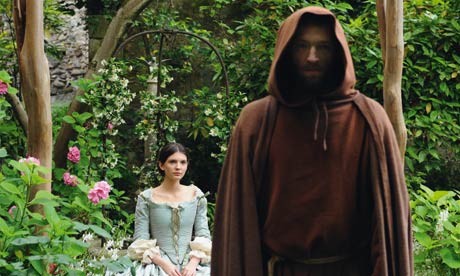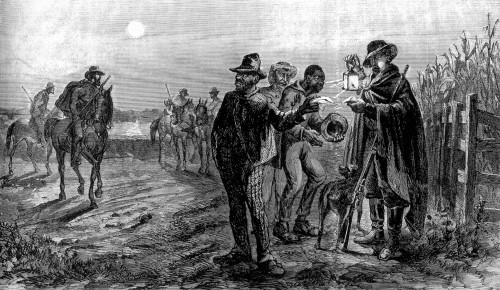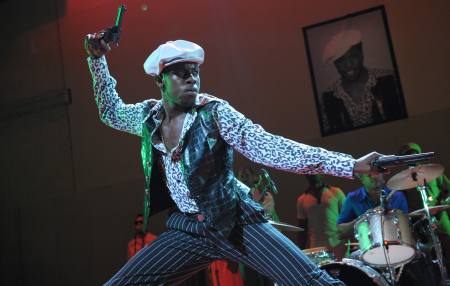The Harder They Come was released in 1972. I watched it several times in a variety of movie theaters, in a variety of cities in my early twenties. But after I moved to the City I didn't see it again until netflix began hitting my mailbox -- just one of the many enormous changes in the world since The Harder They Come was recorded in a music studio and the film was made. Watching it from this viewpoint I see the many ways this film foretold my future, a future that in my early twenties I'd not the faintest idea about. In those days I’d have needed an atlas’s index to find Jamaica on a map.
At the end of the 1960's Jamaican reggae was about to take over the world as the music of revolution. At the same time in the Bronx, uptown baby, where the people are fresh baby, what was going to soon be called hiphop was just reaching out to ska and socca and the many techniques the Kingston yardie dj's had recently devised to play music without the big, expensive, heavy equipment that the millionaire white rock bands took for granted. The pioneer beat makers in the Bronx didn't have it much better than the Yardies in Kingston. The Age of Bling, with diamonds in the ears and grill, gold hanging heavy as lead from the neck had not yet arrived, but it was on the way.
In 1972, from this Jamaican music revolution out of the necessity of the poor, came Perry Henzell, producer (and Chris Blackwell as sleeper producer), and Jimmy Cliff, with the first Jamaican movie, The Harder They Come. Earlier this week by chance I had listened to the album after a very long time, which made me want to see the movie again. Like the album, this film hasn't aged a minute either.
I, on the other hand, to make this all about me, have changed tremendously, meaning what I know and bring to this film vs what I didn't know the first time I saw it. It's a life rift of before and after that can barely be comprehended. One way of bridging that chasm is that the, to me, now, short, recording session scenes in The Harder They Come aren't alien as they were then -- if I had a dollar in a savings account for every hour I have witnessed process in the recording studio that would be a respectable savings account. (And now, recording studios per se, for pop music, are just about irrelevant dinosaurs.)
The story of The Harder They Come is set in the music industry and the ganja trade; the theme is the capitalism that screws the little guy. In the 70's and 80's, and now too, this is is what the hiphop that spawned gangster rap dramatizes and reflects: the drug trade is a predatory, evil trade; it is capitalism distilled into its purest, unmasked energy. The oppressed mirror the oppressor.
No matter how talented, no matter how hard s/he works, the little guy can't evade the monopoly hold on means, production and distribution kept in a stranglehold by the Big Guys. All these parts collude to keep it that way: music industry, church, police, media. Though the recent change in technology has allowed some to escape in terms of music production and distribution -- the Big Guys are spending millions a day figuring out how to put a stop to that. Even your fun, your resistance, your spiritual nourishment exist to enrich us, the Big Guys.
One clue as the story's connection to capitalism is that Our Protagonist's name is kept on the downlow until about the middle of the movie. Then we hear it only as "Ivan" (i.e. a common way of referring to the Soviet Union), though in the script he's known as Ivanhoe, i.e. a knight in shining armor, taking on the Bad Big Guys – and incidently, the title of one of the novels by Walter Scott – though the writer would have been appalled -- an author much beloved by the slave power southern United States.
Underlining this is the rescue plan for Ivan when all parts of the establishment are chasing him. The plan is to smuggle him out to --Cuba. "That's revolutionary," Ivan says. "And they can fix my arm." He's been shot up pretty badly. It's a reference to the universal free health care that Cuba is already famous for in 1972 throughout the Caribbean and South America. The hunger of poor Jamaican children, and that they can't afford even the means to get to a doctor, is present throughout the movie. These facts also help drive the story.
The Harder They Come comments wordlessly on the influence movies have in creating a criminal resistance to the system's stranglehold on productivity and creativity. Ivan, like his peers throughout the developing world, is enthralled by the violent resistance of the Hero of U.S. westerns and crime films. They know all the moves of Hollywood's glamorous dance with guns. Like the criminal primary characters of Hollywood's 'new glamour' hit of 1967, Bonnie and Clyde, Ivan knows the choreography of violence. He has himself photographed with his guns, in his pretty clothes, by a professional photographer. He sends the photos to the newspapers.
The movies and television have not only gotten him and his peers desperate to possess all the things that are the markers of the Big Guy life, but also to possess fame -- which then allows them the wealth to acquire those things. Capitalism creates a need in those it exploits, which can turn and bite capitalists on the ass. Sometimes. For a while.
The adulation that Ivan's violent resistance has brought him is the double-edged sword with which the colonized can cut himself even more badly than s/he hurts the oppressor. Perhaps only Fidel was able to dance that into a successful end-game in our history ....
Cutting down Ivan is handled by the system via divide and conquer. Mr. Hilton, who lives large on Kingston's music holds back Ivan's hit to punish him for wanting more than $20. Ivan's girlfriend tells her revered minister about Ivan in order to get help for a sick child. The preacher tells the cops. The Jamaican police, who live large off the ganja trade punish the little criminal guy, from the growers to the dealers when they want more than the $15 a week so they can feed their children and given them health care, by shutting down the trade. When the Ras growers and dealers protect Ivan the cops keep the ganja trade shut down until they turn Ivan in. "Business is business," even the Ras agree. Their babies are hungry. The police order Hilton (who also owns the radio stations) to stop playing Ivan's hit, which Hilton''s doing now that Ivan's a folk hero for taking on the system -- the record's selling so well and making him richer -- and Ivan's going down, so he doesn't have to split the money. "The police tellin' us what music we play now?" asks Hilton's dj. "When it glorifies crime, yes," says the cop who has gotten filthy rich supplying the ganja to the Super Big Guy distributors in the States. The police also order the newspapers to stop running the photos and stories about Ivan.
All the parts of oppression lock seamlessly into place to put an end to the Resistance embodied in one emaciated, wounded body. At the end, in the traditional movie dance of gun death that we all know so well, Ivan's black face is half white from the white sand, as with the Congo kaolin clay white line, signifying the line that divides the underworld, the world of death, from this one. On the run, Ivan's been half dead for days already, maybe for his whole life in this system that is rigged to keep him from getting ahead.
Along the way we see much of Jamaica that surely hasn't changed in 41 years, the yards of the Kingston’s poor. We also see much that surely has changed -- pristine, unsullied beaches, which now have been developed for the sake of the tourist trade, or ruined by the mining corporations. Jamaica's Great Resister, John Maxwell, was writing about this 41 years ago. He continued writing about this until his death in 2010.
Women and men today can wear an earring or four, and piercings, and tats, and be socially acceptable. White folks of any gender try out the Ras's dreads. Reggae took over the world as the music of Resistance. It has now been taken into Latin salsa and timba, morphed into the less threatening, non-resistance reggaetón. But women are still treated as disposable, interchangeable prey, almost less than human by the men of whatever color line. The Anglo-Saxon protestant church created a Black Church in Jamaica and the U.S. unlike anywhere else in the African-Atlantic diaspora, producing a black powerhouse of musical influence found nowhere else in that diaspora. – those churches and unique musical traditions are still alive and vital in Jamaica as in the U.S.
Not much changes. Nor has this film. It is still eye-opening and pulsing with a density of data. It moves fast. And, of course, the music is world-class.
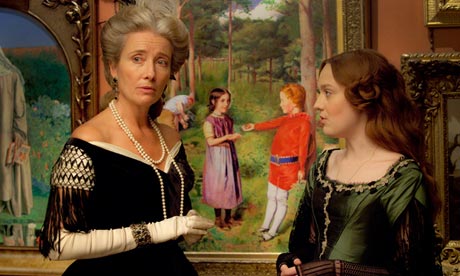






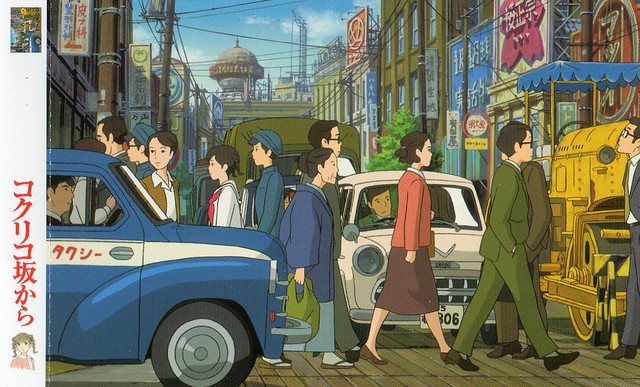








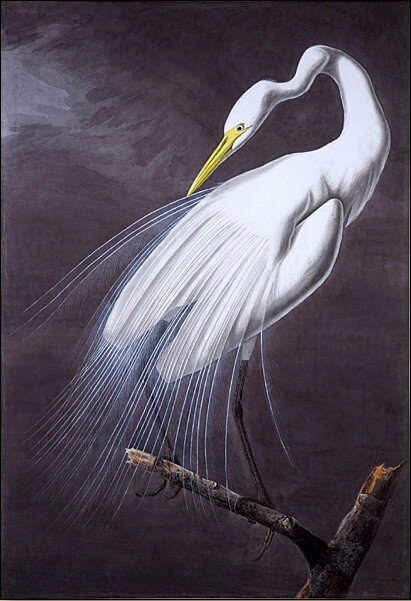
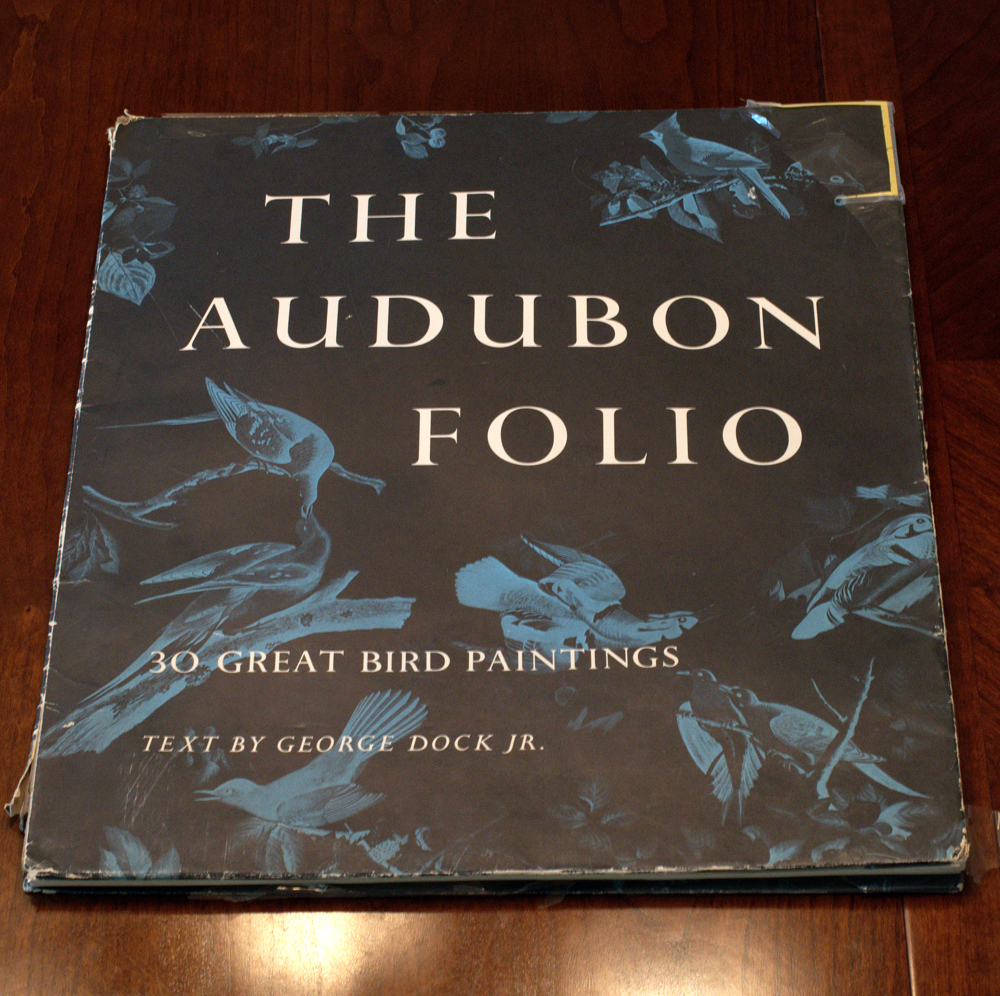
.jpg/230px-Lad_A_Dog_(1919,_touched_up).jpg)


